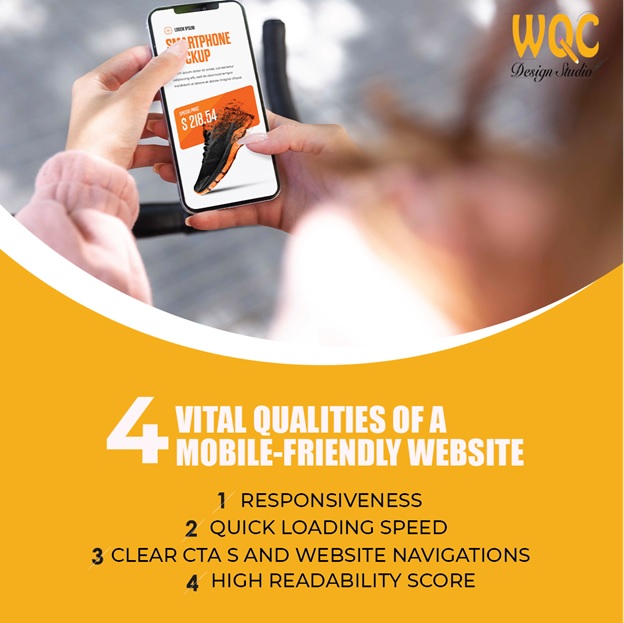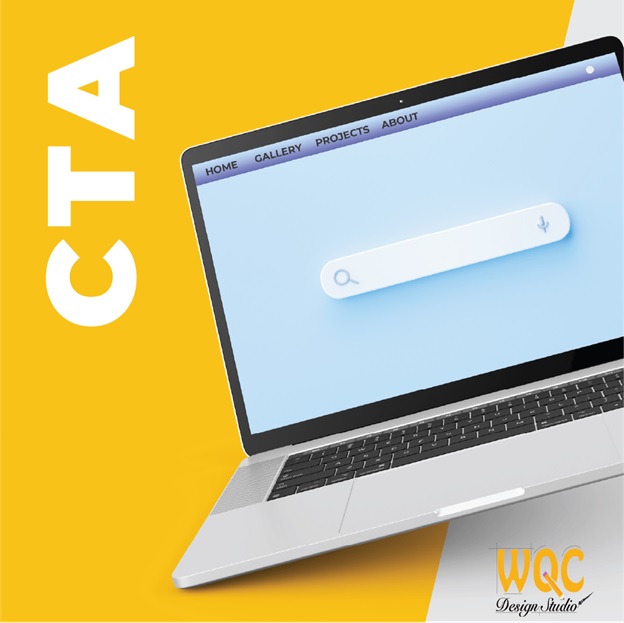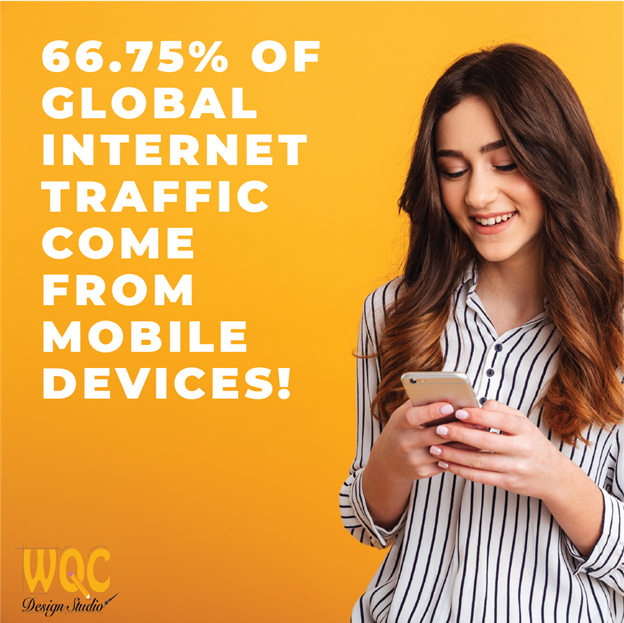 A whopping 66.75% of global internet traffic came from mobile devices as of July 2022. This means that if your site isn’t optimized for mobile interfaces, you’re likely pushing customers away from your business.
Even worse, Google’s pivot towards mobile-first indexing means that any website that isn’t mobile-friendly enough will lose rankings to competitors who have ideal websites.
Creating a mobile-friendly website means it’ll be easy for customers to interact with your business online. Besides increasing traffic, an optimized website could also impact your conversions.
Here are four ways to ensure that your site is mobile-friendly enough:
A whopping 66.75% of global internet traffic came from mobile devices as of July 2022. This means that if your site isn’t optimized for mobile interfaces, you’re likely pushing customers away from your business.
Even worse, Google’s pivot towards mobile-first indexing means that any website that isn’t mobile-friendly enough will lose rankings to competitors who have ideal websites.
Creating a mobile-friendly website means it’ll be easy for customers to interact with your business online. Besides increasing traffic, an optimized website could also impact your conversions.
Here are four ways to ensure that your site is mobile-friendly enough: 1. Ensure that your site is responsive
Your customers will be accessing your website from multiple devices, from desktops to phones to tablets. The idea is to ensure that your site experience remains similar no matter the device your visitor is accessing it from. Site elements like navigation bars and CTA buttons should load as if they were created natively for that device.
The trick is to test how your website interacts with devices of different screen sizes and resolutions. You can always use a number of free tools to test your site’s responsiveness. If you find any issues with your site’s responsiveness, reach out to a reputable website design agency for help.
2. Ensure your site loads quick
Customers are often impatient – they want to get the information they need right away and with minimal friction. If your site takes ages to load, customers will most likely migrate to your competitors.
There are multiple reasons why your site might be taking forever to load, including:
- Your web host
- The size of your site files
- The absence of a CDN
Something as little as a few seconds of load time will impact the customer experience. Your goal is to deliver snappy interactions with your site.
Start by testing your site’s load time on Google PageSpeed Insights. This free tool offers you information on why your site is loading slowly and potential fixes.
3. Simplify call-to-action buttons and site navigation
 Mobile devices have limited space for call-to-action buttons and navigation bars. Your users need to easily interact with these elements of your site without friction. For instance, call-to-action buttons shouldn’t feel too small or too large.
Similarly, your navigation menu should be clickable. It needs to also feature enough white space between its different components. Simplicity is key when looking to create a mobile-friendly website.
Mobile devices have limited space for call-to-action buttons and navigation bars. Your users need to easily interact with these elements of your site without friction. For instance, call-to-action buttons shouldn’t feel too small or too large.
Similarly, your navigation menu should be clickable. It needs to also feature enough white space between its different components. Simplicity is key when looking to create a mobile-friendly website. 4. Optimize your site for readability
- Use a highly-readable base font
- Break site content with subheadings for scan ability
- Ensures that there’s enough contrast between your font and the site background
Give your site visitors a fluid experience
 Mobile traffic is anticipated to keep growing. You’ll be losing a lot of competitive advantage if your site can’t give visitors a great experience while on mobile devices. Test your site’s mobile-friendliness today to make the necessary adjustments.
Reach out to us for help optimizing your site for mobile devices.
Mobile traffic is anticipated to keep growing. You’ll be losing a lot of competitive advantage if your site can’t give visitors a great experience while on mobile devices. Test your site’s mobile-friendliness today to make the necessary adjustments.
Reach out to us for help optimizing your site for mobile devices. WQC Design Studio Web Design and Development is proudly powered by WordPress